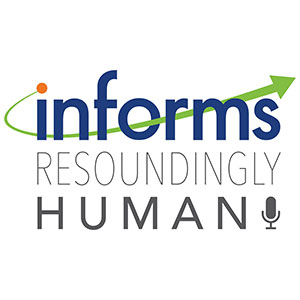
Op-ed: Late-pandemic insights, from an expert who writes on COVID-19
The pandemic is not over. Sheldon Jacobson offers late data insights on the pandemic plaguing the United States and abroad.

The pandemic is not over. Sheldon Jacobson offers late data insights on the pandemic plaguing the United States and abroad.

COVID-19 skepticism and vaccine mistrust are ubiquitous. The number of people receiving vaccines each day has dropped to well under 2 million doses from a peak of over 3 million doses in mid-April. As such, the nation is approaching a vaccination wall that will prevent it from reaching the zone of herd immunity, believed to be between 70 to 90 percent of the population protected. The recent announcement by the Centers for Disease Control and Prevention (CDC) that fully vaccinated people can return to pre-pandemic activities without face coverings and social distancing may provide new incentives to get vaccinated.

Anytime an executive order of any kind is brought to the table, one would think that only good can come from such efforts. However, a review of this magnitude could also potentially uncover the gaps in our nation’s supply chains.

One of our recent Two Minute Warnings raised an important question for C-Level executives: “How serious are you about addressing your transportation and supply chain issues?”

CONCORD — U.S Sen. Maggie Hassan, D-N.H., has proposed bipartisan legislation to modernize the teaching of mathematics in public schools.

Jeff Cohen
Chief Strategy Officer
INFORMS
Catonsville, MD
[email protected]
443-757-3565
An audio journey of how data and analytics save lives, save money and solve problems.


With seemingly no limit to the demand for artificial intelligence, everyone in the energy, AI, and climate fields is justifiably worried. Will there be enough clean electricity to power AI and enough water to cool the data centers that support this technology? These are important questions with serious implications for communities, the economy, and the environment.

It’s college graduation season, which means over 4 million seniors will graduate in the next few weeks, flooding the job market with new candidates. One area that has shown high potential for the right candidates is artificial intelligence and machine learning. Both disciplines are part of the larger data and analytics career path.

Drugs being explicitly developed to treat rare diseases are getting more expensive.

Robert F. Kennedy Jr., as the new secretary of Health and Human Services, is the nation’s de facto healthcare czar. He will have influence over numerous highly visible agencies, including the Centers for Disease Control and Prevention, the National Institutes of Health and the Food and Drug Administration, among others. Given that healthcare is something that touches everyone’s life, his footprint of influence will be expansive.

The recent US-China agreement to temporarily reduce tariffs is a major step for global trade, with tariffs on US goods entering China dropping from 125% to 10% and on Chinese goods entering the US decreasing from 145% to 30% starting May 14. While this has boosted markets and created optimism, key industries like autos and steel remain affected, leaving businesses waiting for clearer long-term trade policies.

With sweeping new tariffs on Chinese-made products set to take effect this summer, Americans are being urged to prepare for price hikes on everyday goods. President Donald Trump's reinstated trade policies are expected to affect a wide swath of consumer imports, including electronics, furniture, appliances, and baby gear. Retail experts are advising shoppers to act before the tariffs hit and prices rise.

Twenty years ago, few people would have been able to imagine the energy landscape of today. In 2005, US oil production, after a long decline, had fallen to its lowest levels in decades, and few experts thought that would change.

In the case of upgrading electrical and broadband infrastructure, new analysis from the University of Massachusetts Amherst reveals {that a} “dig once” strategy is almost 40% more economical than changing them individually.